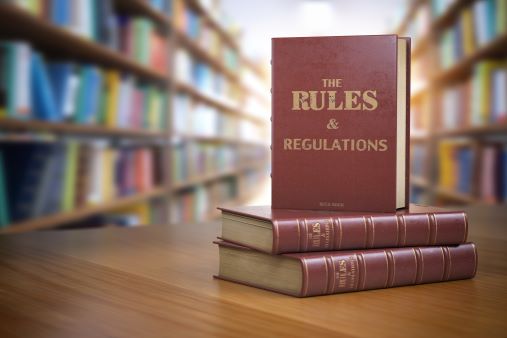The Food and Drug Administration (FDA) recently issued a final overall guidance document on when changes to existing medical devices trigger premarket notification, titled “Deciding When to Submit a 510(k) for a Change to an Existing Device.” At the same time, the FDA issued a similarly titled final guidance addressing how to decide when to file a 510(k) for modifications to the software of existing devices.
Regular readers of these alerts may recall that in 2011, the FDA issued a draft guidance as an update to its 1997 guidance on these topics. The 2011 version created such an uproar that, in the FDA Safety and Innovation Act, Congress ordered the FDA to withdraw it and start over. Nonetheless, the FDA states that this latest “guidance is not intended to implement significant policy changes to FDA’s current thinking on when submission of a new 510(k) is required.”
Instead, the final guidance documents are intended to “aid manufacturers of medical devices subject to premarket notification requirements who intend to modify a 510(k)-cleared device (or group of devices) or other device subject to 510(k) requirements … during the process of deciding whether the change exceeds the regulatory threshold of 21 CFR 807.81(a)(3) for submission and clearance of a new 510(k).”
The final guidance on modifications to existing devices spans 77 pages and regulatory professionals at device companies will need to become intimately familiar with most, if not all, of it. The gist, however, can be found in five flowcharts (copied further below) from the overall FDA draft guidance:
- Figure 1 – Main Flowchart – page 12
- Figure 2 – Flowchart A – Labeling Changes – page 16
- Figure 3 - Flowchart B – Technology, Engineering and Performance Changes – page 24
- Figure 4 - Flowchart C – Materials Changes – page 33
- Figure 5 - Flowchart D – Technology, Engineering, and Performance Changes for in vitro diagnostic (IVD) Devices - 37
When Modifications to Software Require a New 510(k)
The guidance issued on software changes defines “software” as “the set of electronic instructions used to control the actions or output of a medical device, to provide input to or output from a medical device, or to provide the actions of a medical device.” The guidance spans 31 pages, but the heart of it is presented in a flow chart copied further below.
The chart shows that if a change is made solely to strengthen cybersecurity, the manufacturer has to document the reasons for its decision but does not have to file a new 510(k). Conversely, if the software is modified and introduces a new risk that could result in significant harm and this is not effectively mitigated by the most recently cleared device, then the manufacturer must file a new 510(k).
The FDA has scheduled a webinar on Nov. 16 to discuss both final guidance documents (registration is not necessary). The information to access the webinar is:
Date: Nov. 16, 2017
Time: 1:00 p.m., Eastern Time.
To ensure you are connected, please dial-in 15 minutes prior to the start of the webinar.
NOTE: You must dial-in to hear the presentation and ask questions:
Dial: 888-455-9669, passcode: 8211035;
International Callers Dial: 1-415-228-4882, passcode 8211035
Slide Presentation
Conference Number: PWXW5928257
For more information, please contact the Barnes & Thornburg LLP attorney with whom you work or the chair of the firm’s Food, Drug and Device Practice Group, Lynn Tyler at (317) 231-7392 or lynn.tyler@btlaw.com.
Visit us online at www.btlaw.com/food-drug-and-device-law-practices.
© 2017 Barnes & Thornburg LLP. All Rights Reserved. This page, and all information on it, is proprietary and the property of Barnes & Thornburg LLP. It may not be reproduced, in any form, without the express written consent of Barnes & Thornburg LLP.
This Barnes & Thornburg LLP publication should not be construed as legal advice or legal opinion on any specific facts or circumstances. The contents are intended for general informational purposes only, and you are urged to consult your own lawyer on any specific legal questions you may have concerning your situation.
Visit us online at www.btlaw.com and follow us on Twitter @BTLawNews.




















